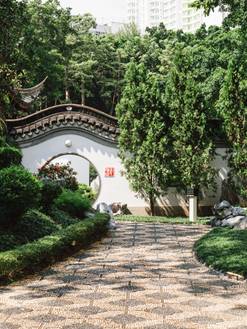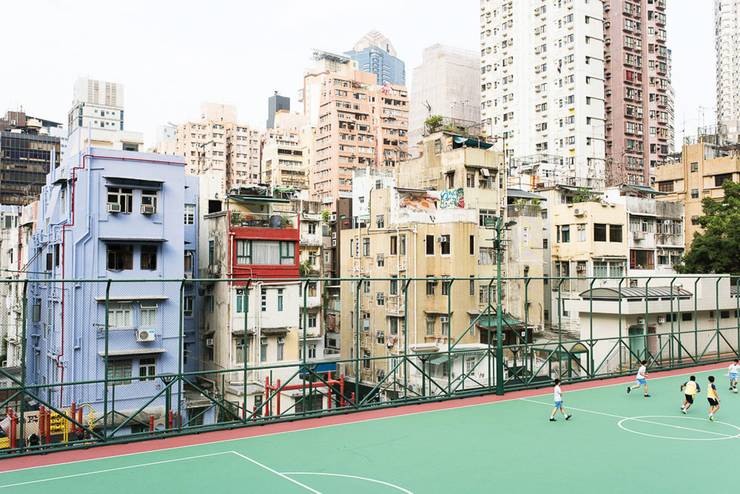Hong Kong travel guide
Architecture
This city isn’t one that will let go of its past easily. Hong Kong is marked by an eclectic confluence of archaic and futuristic, deliberate and accidental, all of which can make exploring it a dizzying experience. So strap on some walking shoes and join us on a tour of Hong Kong’s most compelling sights.


Walled City Park, Kowloon
Formerly a military station used by the Qing government, Kowloon’s Walled City was left in a semi-lawless state when the British took control of the surrounding area in the late-19th century. In the decades that followed it became home to 33,000 residents packed into decaying quarters and was a hotbed for crime and prostitution. This colourful part of Hong Kong was demolished in 1994 and built in its place is an urban oasis modelled after the Jiangnan gardens of the early Qing Dynasty. Remnants from the military fort, including old wells and cannons, can still be found inside the park.
Tung Tsing Road
lcsd.gov.hk

Tong laus
Found in some of the city’s oldest neighbourhoods – such as Sham Shui Po, where little has changed for decades – tong laus are a reminder of how the city once looked. These two to five-storey buildings are recognisable by their slim street frontages and long narrow rooms. Many were built as shop houses where the owner would sleep above their shop and the floors above that would be rented out. But when the Chinese Civil War hit in the middle of the 20th century these buildings became makeshift homes for fleeing refugees. Under threat of demolition, tong laus stand in stark contrast to the city’s skyscrapers.

Hopewell Centre, Wan Chai
Although its title of Asia’s tallest tower only lasted for less than a decade, the 216-metre-tall Hopewell Centre, completed in 1980, is one of the world’s few cylindrical skyscrapers. Today the building’s 62nd-floor revolving restaurant still stands out for its sweeping views of the city.
183 Queen’s Road East
hopewellcentre.com
Images: Lit Ma

